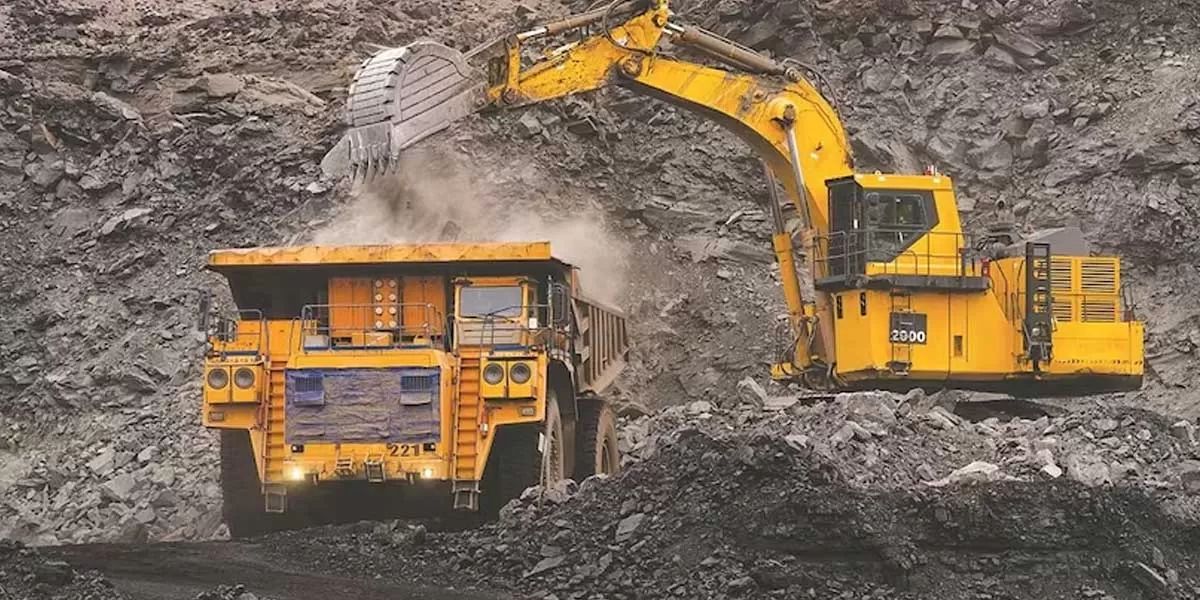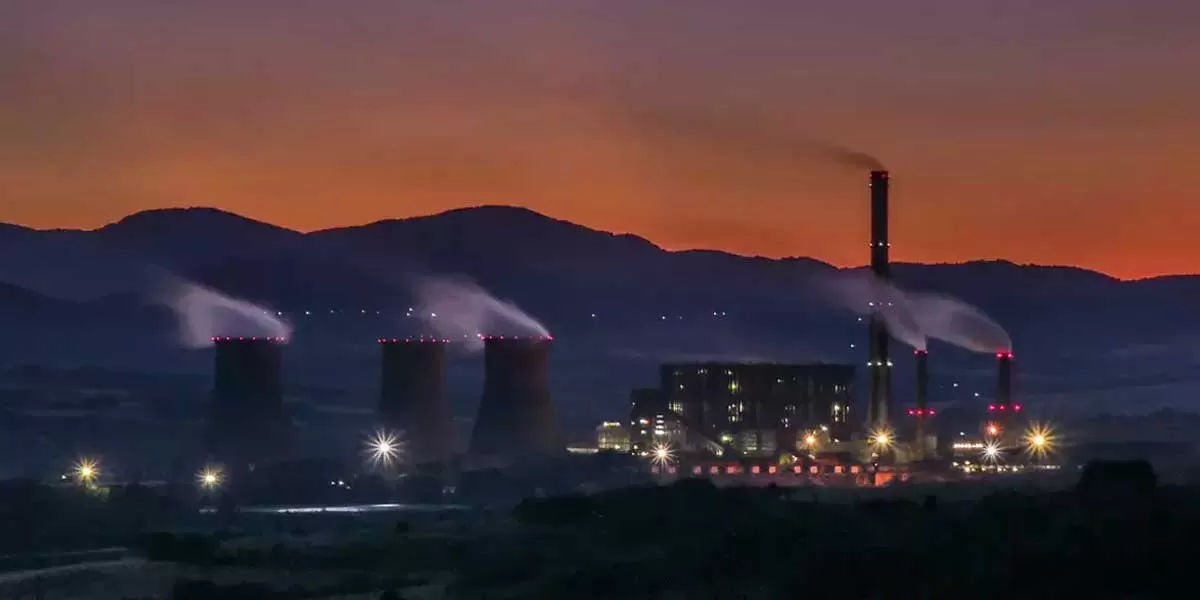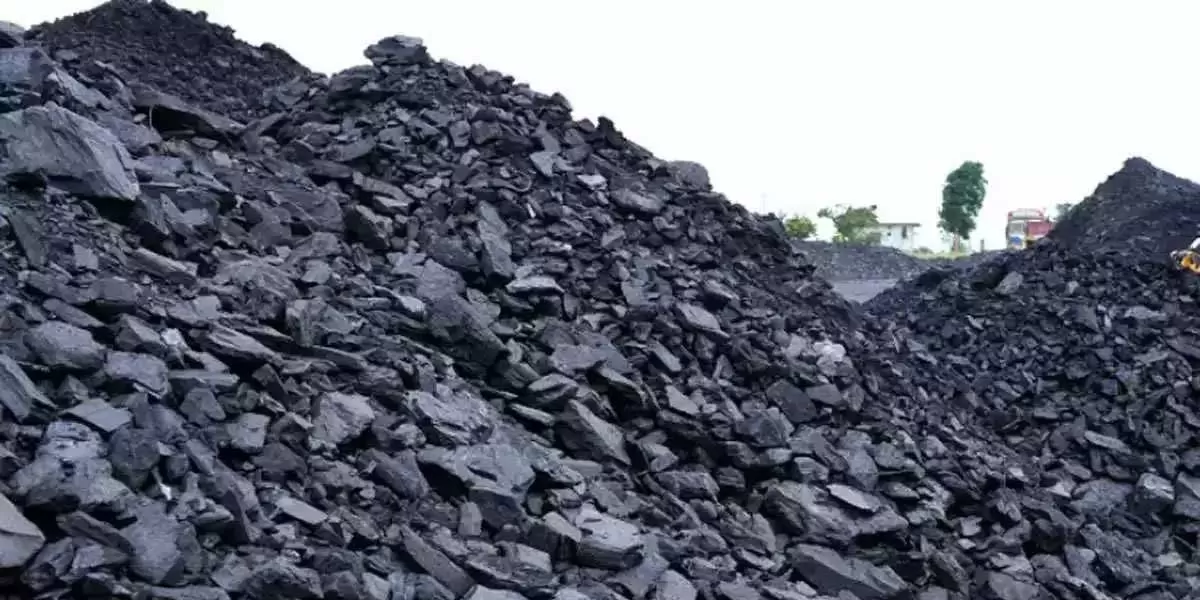

Thermal plant load factors will approach 70% in FY25; Ind-Ra reports
Ind-Ra expects merchant market prices to remain elevated in FY25, driven by sustained high demand and sluggish thermal capacity expansions. However, it foresees an acceleration in thermal capacity additions over FY25-26, with annual commissioning expected to range between 6-8GW. The new draft tariff norms by the Central Electricity Regulatory Commission for FY25-FY29 aim to maintain stability; ensuring regulated returns for existing power plants.
Additionally, the agency predicts continued renewable capacity additions at a pace of 15-18GW annually over FY25-FY26, supported by lowe..

India's Power Mix Shifts: Coal Decline
India's energy landscape is undergoing a profound transformation as coal, once the dominant player in power generation, yields ground to cleaner alternatives. According to recent reports, coal's share in India's power generation capacity has dipped below 50% for the first time since the 1960s. This shift marks a significant milestone in India's journey towards embracing renewable energy sources and reducing its carbon footprint.
The decline of coal in India's energy sector is a multifaceted phenomenon driven by various factors. Government policies promoting renewable energy, coupled wi..

Coal India and NMDC eye lithium mines
Coal India and NMDC, two of India's foremost mining companies, are actively exploring opportunities to delve into the lithium mining sector overseas. With the increasing global demand for lithium, driven primarily by the surge in electric vehicles and renewable energy storage solutions, the move signifies a strategic shift in the companies' focus towards emerging minerals crucial for the future of clean energy. As traditional mining commodities face fluctuating demand and environmental scrutiny, diversifying into lithium presents a forward-looking approach for sustainable growth.
Lithi..

Coal India and NMDC eye lithium mines
Coal India and NMDC, two of India's foremost mining companies, are actively exploring opportunities to delve into the lithium mining sector overseas. With the increasing global demand for lithium, driven primarily by the surge in electric vehicles and renewable energy storage solutions, the move signifies a strategic shift in the companies' focus towards emerging minerals crucial for the future of clean energy. As traditional mining commodities face fluctuating demand and environmental scrutiny, diversifying into lithium presents a forward-looking approach for sustainable growth.
Lithi..

India's Power Mix Shifts: Coal Decline
India's energy landscape is undergoing a profound transformation as coal, once the dominant player in power generation, yields ground to cleaner alternatives. According to recent reports, coal's share in India's power generation capacity has dipped below 50% for the first time since the 1960s. This shift marks a significant milestone in India's journey towards embracing renewable energy sources and reducing its carbon footprint.
The decline of coal in India's energy sector is a multifaceted phenomenon driven by various factors. Government policies promoting renewable energy, coupled wi..














